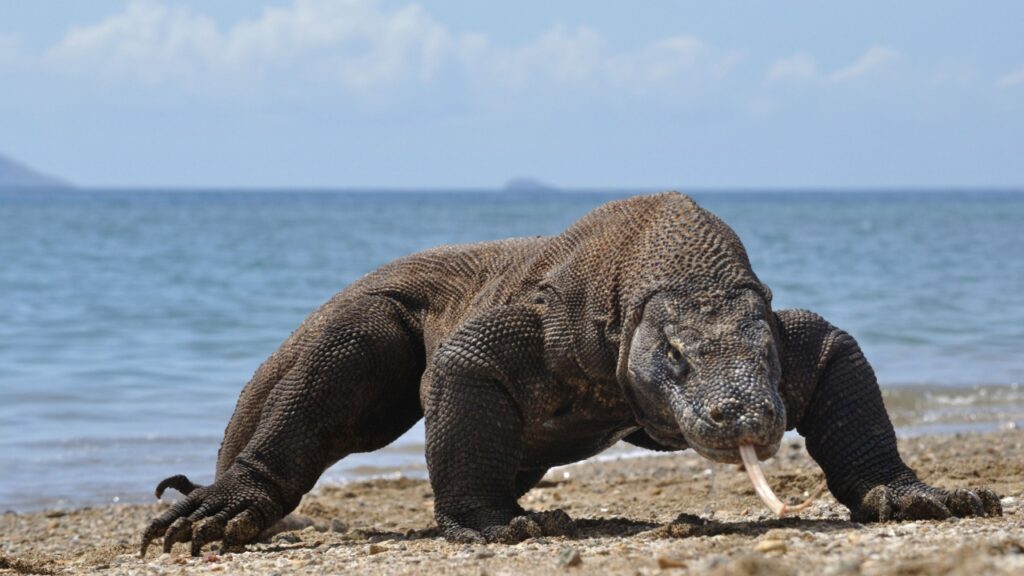Have you ever wondered what makes the Komodo dragon so unique and captivating?
These incredible creatures are not only the largest lizards on Earth, but they also have fascinating features and behaviors that set them apart.
From their impressive size to their powerful tails, these reptiles have evolved to be masters of their environment.
You’ll learn about their hunting tactics, physical adaptations, and many other extraordinary characteristics that make the Komodo dragon a true marvel of the animal kingdom.
Explore the wonders of these mighty dragons and gain a deeper appreciation for their role in our world’s diverse ecosystem.
Largest Lizard Species In The World
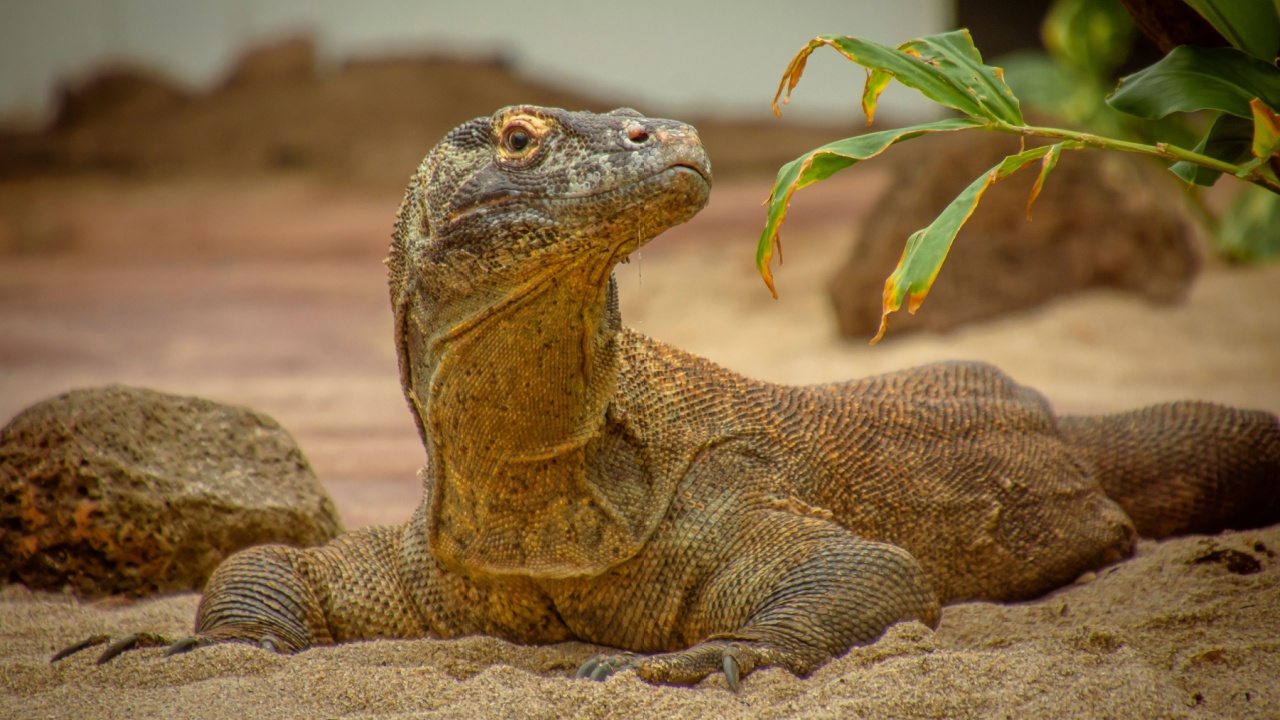
Komodo dragons are the largest lizards on the planet. These giants can grow up to 10 feet long and weigh up to 366 pounds. This impressive size makes them formidable predators. Their powerful limbs are equipped with sharp claws. These help them tear through their prey. Their long, muscular tails help them maintain balance while moving. Komodo dragons have a rugged appearance with scaly skin and broad heads.
Venomous Bite With A Cocktail Of Toxins
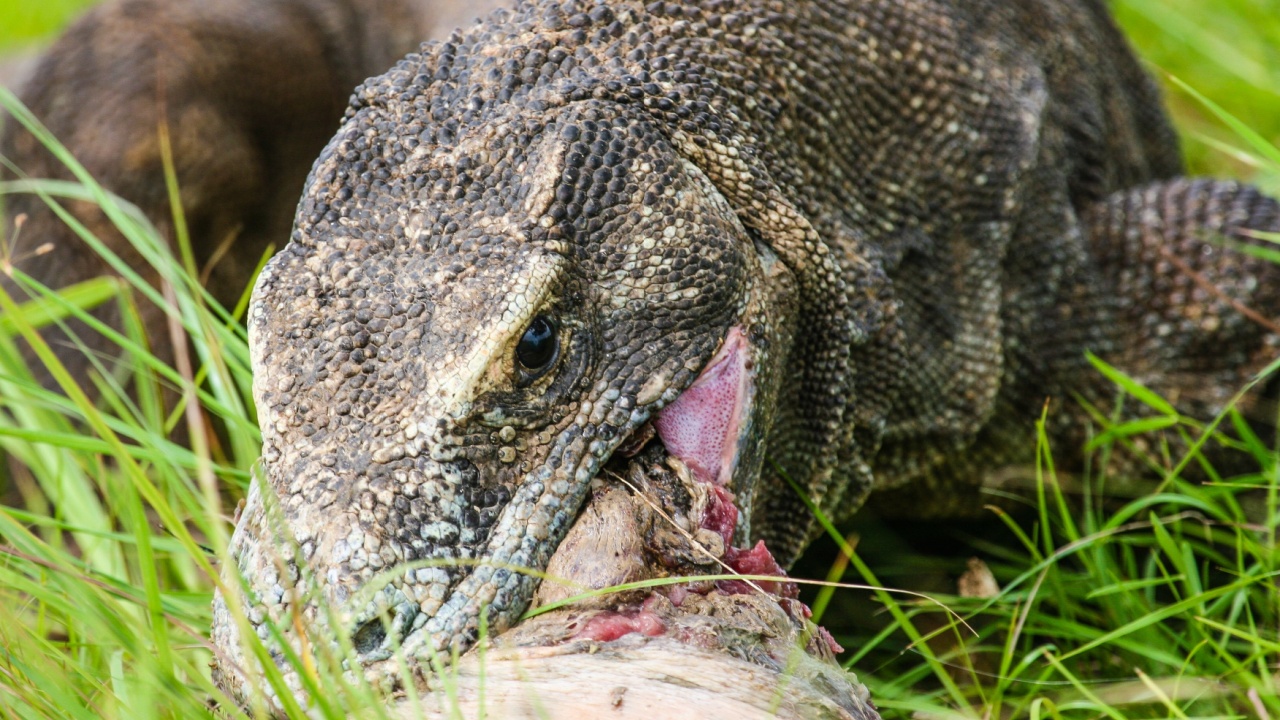
The Komodo dragon’s bite is a deadly mix of bacteria and venom. This venom weakens the prey by preventing blood clotting, causing rapid blood loss. It also induces paralysis and shock, which further incapacitates the victim. The toxins in the saliva create an environment perfect for infections, making the bite even more lethal. These combined effects ensure that even if the prey escapes, it won’t get far before succumbing to its injuries.
Primarily Found In Indonesia’s Lesser Sunda Islands

You can find Komodo dragons primarily in Indonesia’s Lesser Sunda Islands. These islands include Komodo Island, Rinca Island, Flores Island, Gili Motang, and Padar Island. Komodo dragons thrive in these areas because of the tropical climate and the abundance of prey. These islands are part of Komodo National Park. Established in 1980, the park aims to protect the Komodo dragon and its natural habitat. The park covers about 1,800 square kilometers.
Can Detect Carrion From Nearly 6 Miles Away
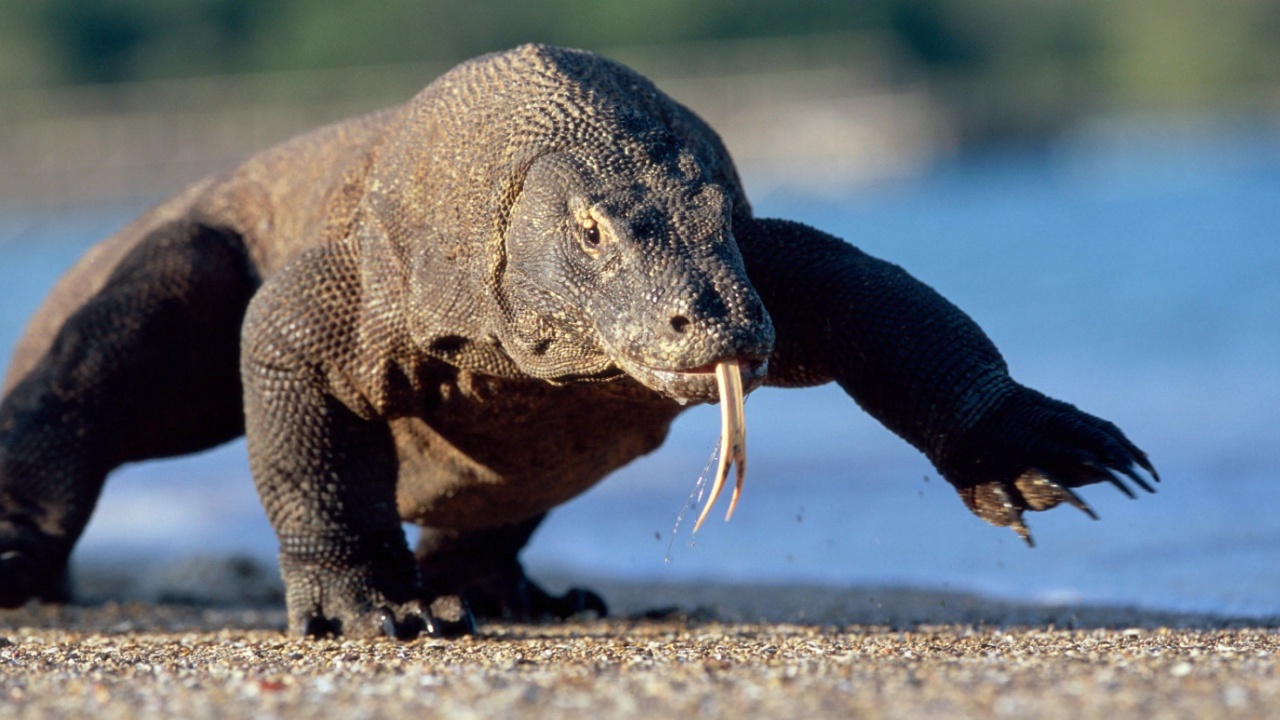
Komodo dragons are known for their incredible sense of smell. They use their long, forked tongues to sample the air and bring scent particles to the roof of their mouths. This remarkable ability allows them to detect carrion up to nearly 6 miles away. Detecting dead or decaying animals from such a distance proves their unmatched efficiency as scavengers. They have a long, yellow, forked tongue. By flicking this tongue in and out, they gather scent particles from the air. These particles are then analyzed by a special organ on the roof of their mouth, helping them detect and locate prey as well as carrion.
Capable Of Parthenogenesis (Asexual Reproduction)

Komodo dragons can reproduce asexually through a process called parthenogenesis. This rare ability allows female Komodo dragons to lay eggs that develop without fertilization by a male. Parthenogenesis usually results in offspring that are male. This mode of reproduction can be crucial for survival when males are scarce, ensuring the continuation of their species in isolated environments.
Top Predators With No Natural Enemies
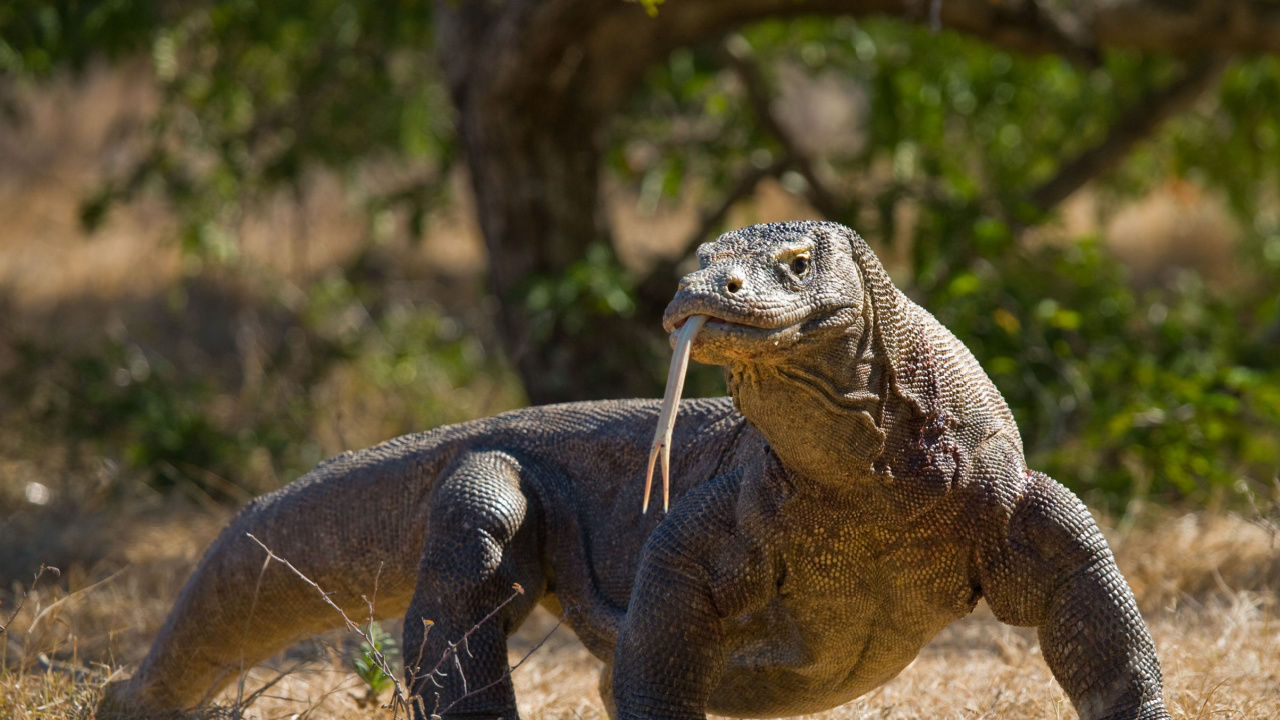
Komodo dragons are among the top predators with no natural enemies. These formidable reptiles dominate their ecosystems due to their size, strength, and venomous bite. Lions are another example. Their pride structure and strength make them dominant in their habitats, often referred to as the “king of the jungle.” Orcas also fit this category. Known as killer whales, they are apex predators in the ocean, rarely threatened by other marine life.
Can Run Up To 13 Mph In Short Bursts
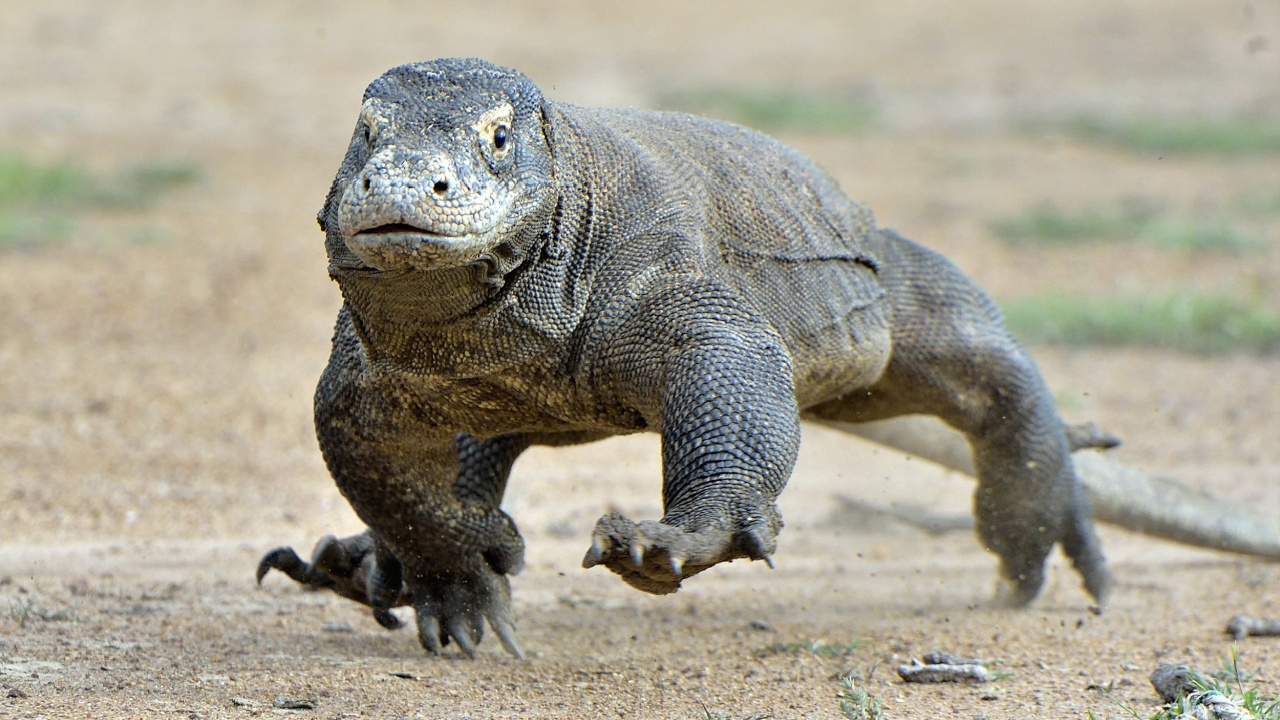
Komodo dragons can reach speeds of up to 13 miles per hour in short bursts. This speed helps them chase down prey effectively. Despite their bulky appearance, they are surprisingly agile. They don’t rely on extended chases but rather quick, powerful sprints. These short bursts are usually enough to catch their prey off guard.
Use Their Powerful Tails As A Weapon
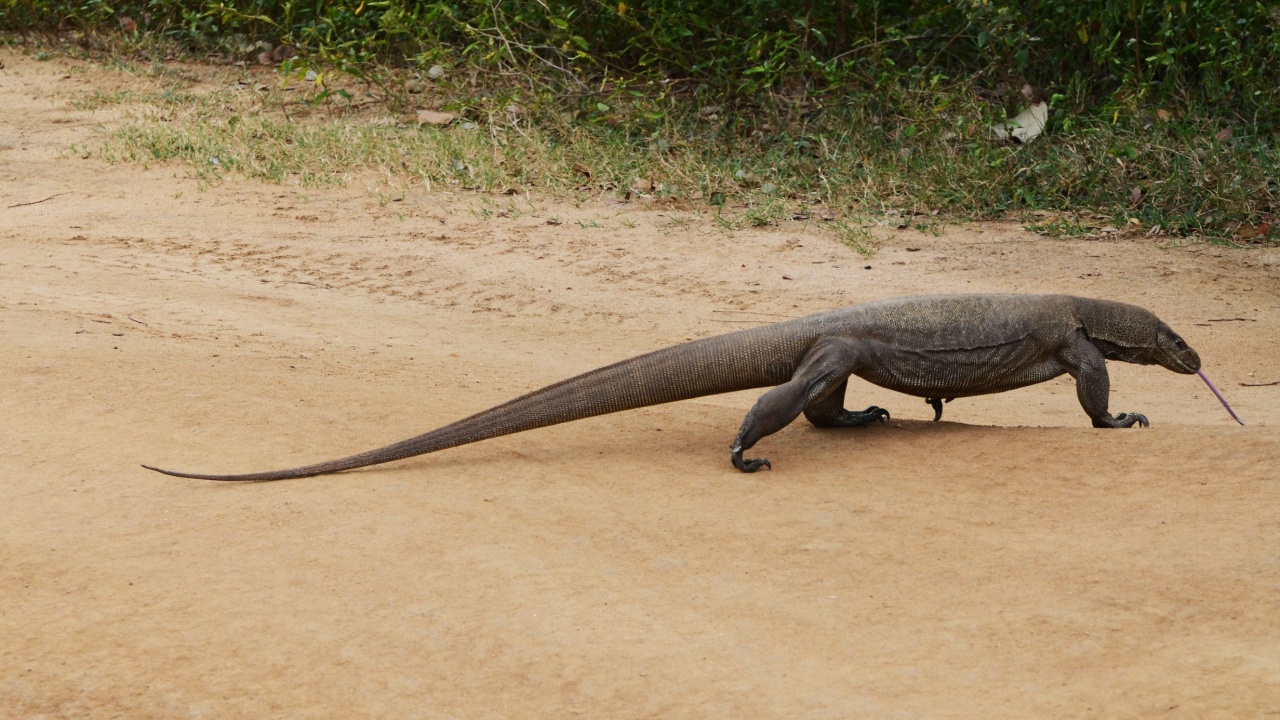
Komodo dragons have powerful tails that can be used as defensive weapons. These tails are not only strong but also very flexible. When threatened, a Komodo dragon can whip its tail with enough force to knock down an opponent. The tail is a crucial tool for protecting themselves from threats. In addition to being a weapon, the tail helps with balance and movement.
Capable Of Swallowing Large Prey Whole
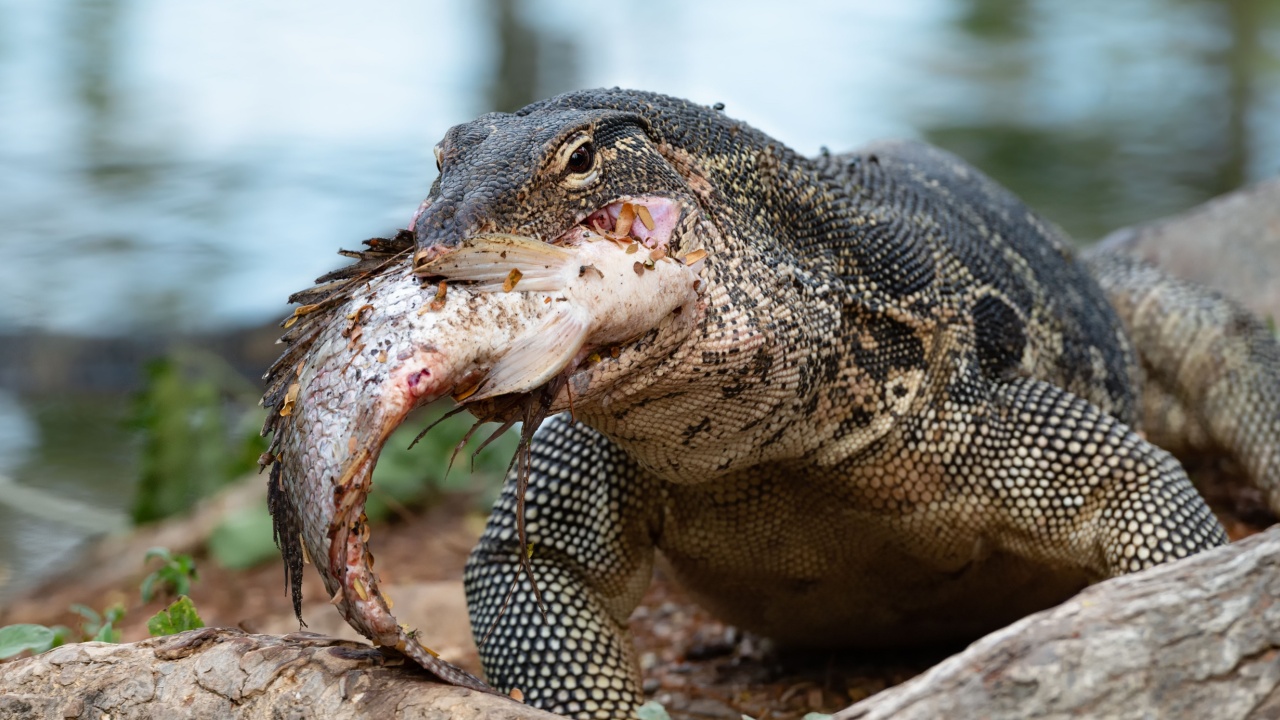
Komodo dragons can swallow prey as large as a goat whole. This is possible because of their loosely articulated jaws, flexible skulls, and expandable stomachs. Sometimes, they even ram the carcass against a tree to help push it down their throats. The force can be so strong that the tree sometimes falls over.
Display Tree-Climbing Behavior As Juveniles
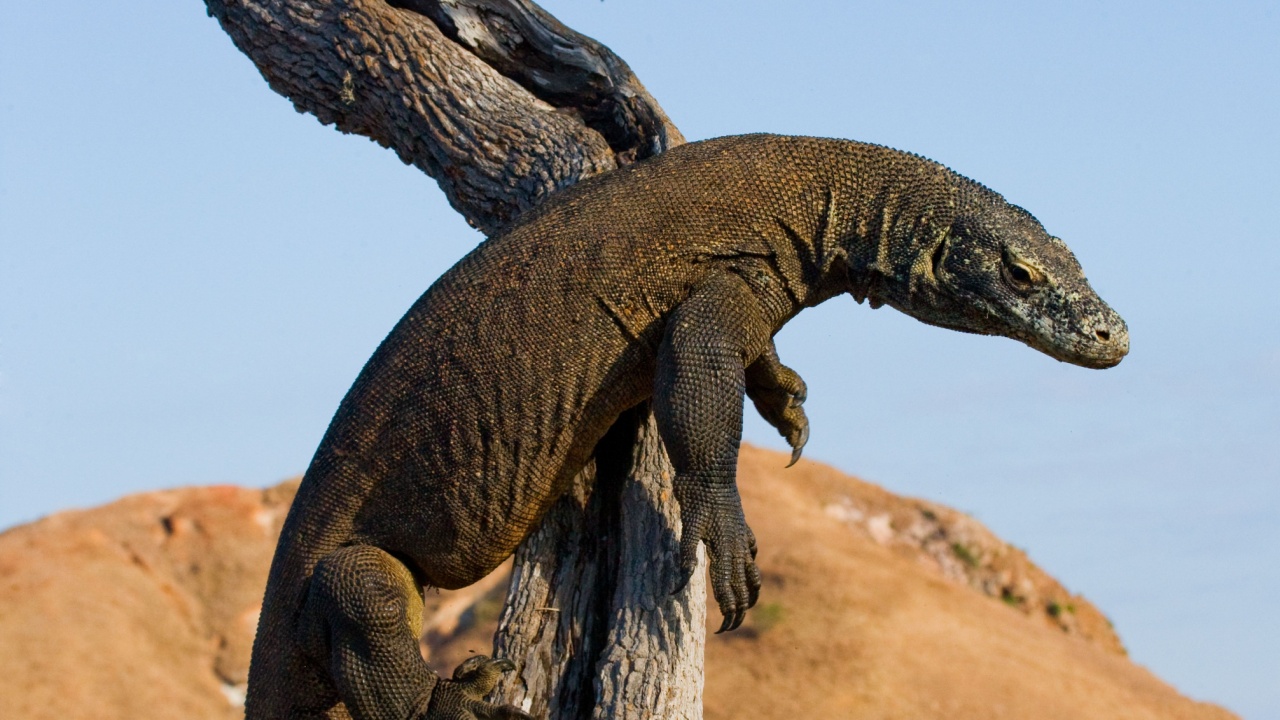
Young Komodo dragons show remarkable skill in tree climbing. Their strong claws allow them to climb quickly and seek refuge from predators. Staying up in the trees, these young reptiles can avoid larger Komodo dragons which may pose a threat. This behavior helps them survive in their harsh native environment.
Mature At Around 7-9 Years Old
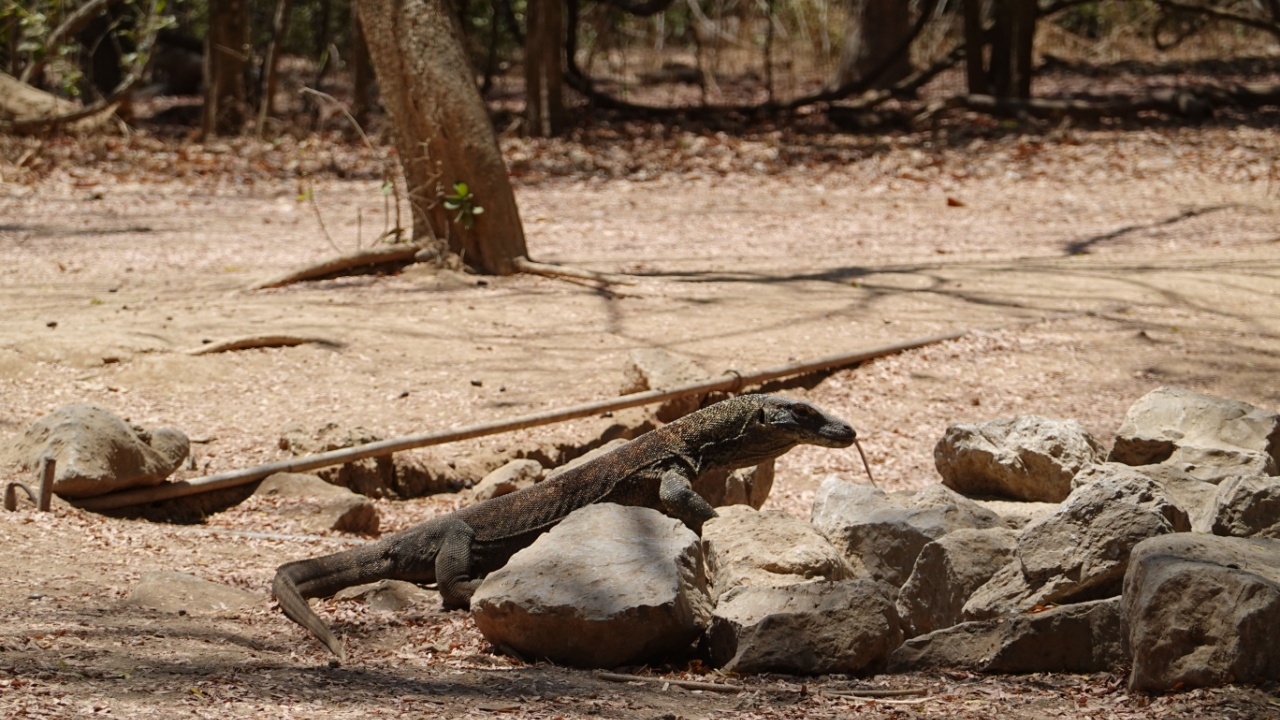
Komodo dragons reach sexual maturity between the ages of 7 and 9. This is when they can start reproducing. During the mating season, which lasts from May to August, males engage in wrestling matches to win the chance to mate with a female. These battles can be intense, involving standing on two legs and using their tails for support. Once a male secures a mate, the process of ensuring the survival of the species continues.
Communicate Via Body Language And Pheromones
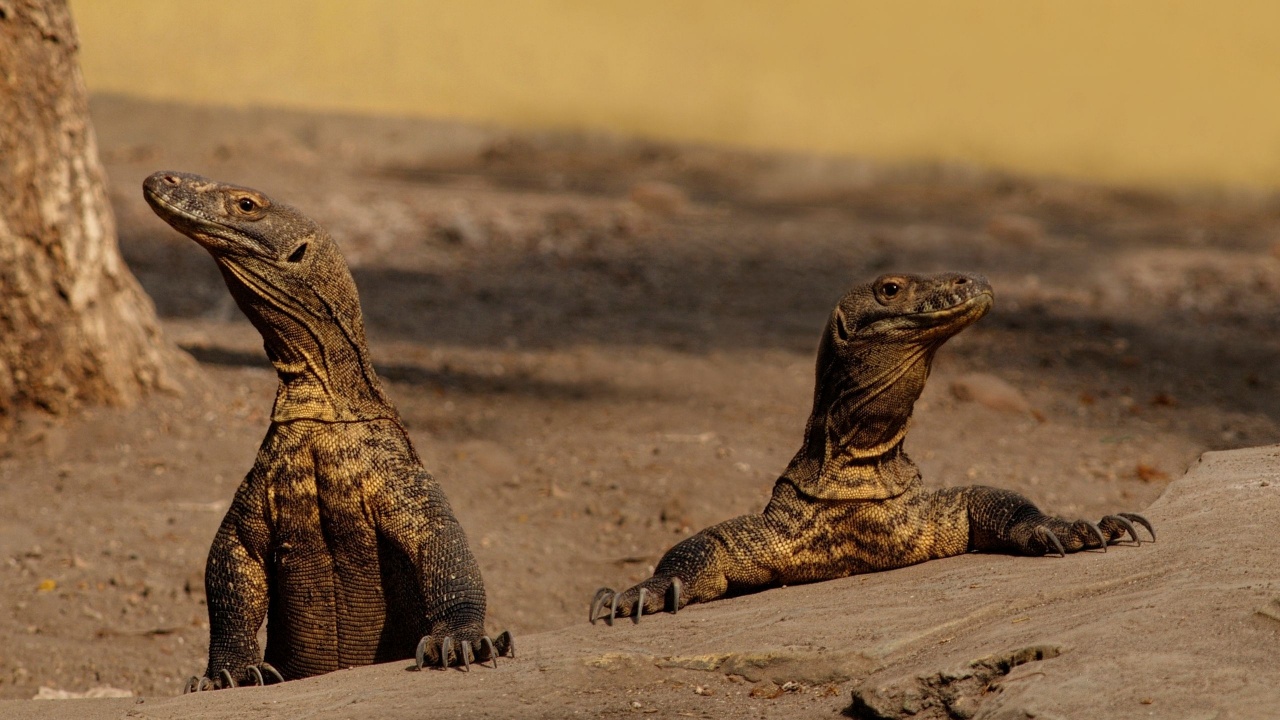
Komodo dragons use body language to express their intentions. A raised head or tilted posture can signal dominance or aggression. Tail movements are also significant, especially during conflicts with other dragons. Pheromones play a crucial role in their interactions. These chemical signals help dragons find mates and mark territories. By detecting pheromones, they can identify the presence and condition of others in their environment. Pheromone communication is essential for their survival.
Distinctive Features
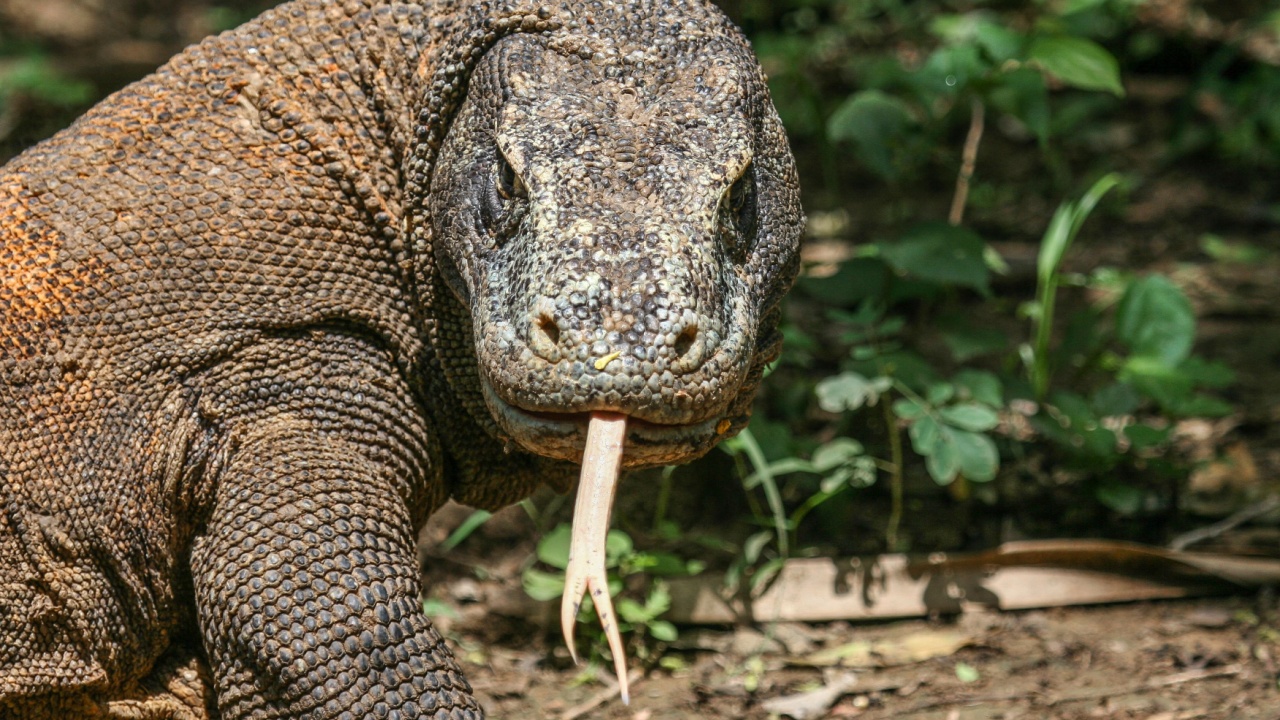
Komodo dragons have several distinctive features that make them exceptional. They possess long, flat heads with rounded snouts and sharp, serrated teeth designed for slicing flesh. Their skin is rugged and scaly, providing protection from rough terrain and adversaries. One notable trait is their powerful limbs equipped with sharp claws. These features are crucial for hunting and climbing. Additionally, Komodo dragons have a highly developed sense of smell, facilitated by a forked tongue and Jacobson’s organs in the roof of their mouth. This allows them to detect carrion from up to 6.8 miles away. Bowed legs are another characteristic, aiding in swift, predatory movements. Their distinct physical characteristics underline their role as formidable predators in their natural habitat.
Diet And Feeding Habits
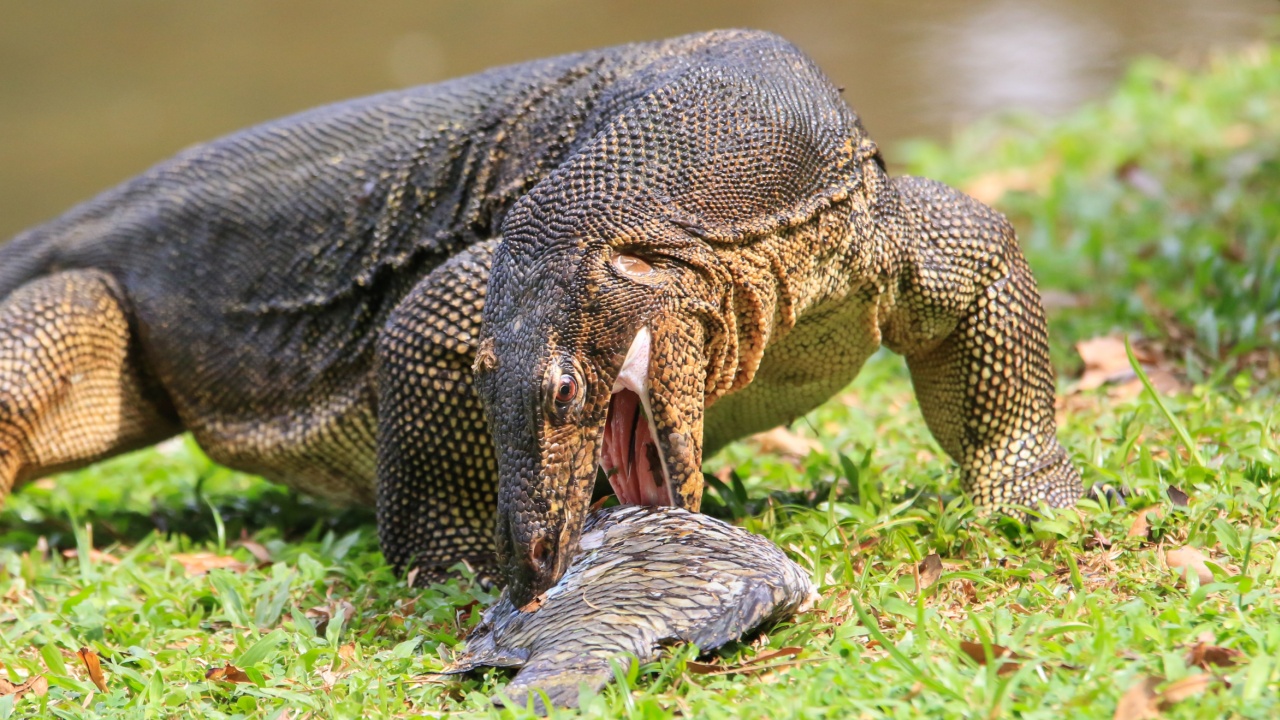
Komodo dragons primarily feed on large mammals, such as deer and pigs, which they hunt in their native Indonesian islands. They also eat smaller animals like birds, reptiles, and even fish. This carnivorous diet is essential for their survival and energy needs. Komodo dragons consume up to 80% of their body weight in a single meal. Their saliva contains dangerous bacteria, which can ensure their prey’s death through infection if the initial attack doesn’t kill it. These reptiles utilize their forked tongues to detect scent trails and locate food from several miles away.
Hunting Strategies
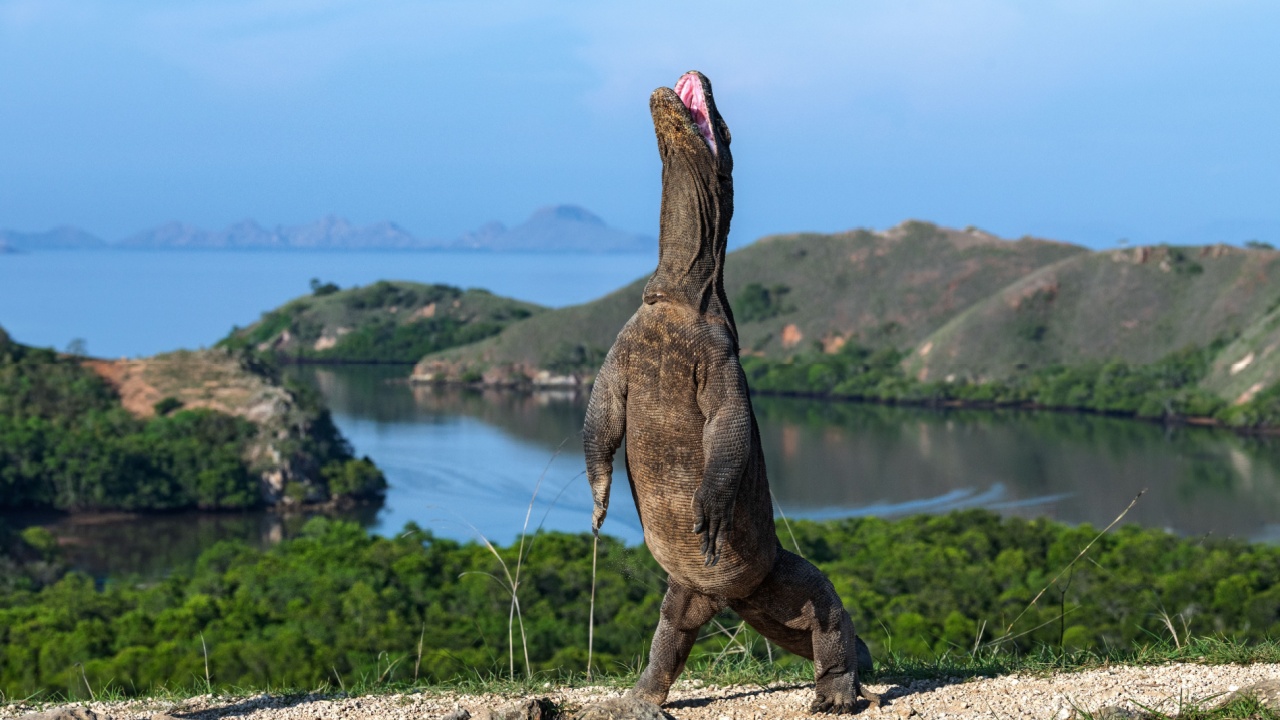
Komodo dragons are ambush predators. They often lie silent and motionless for hours before launching a surprise attack. They rely on their sharp claws and powerful limbs to grip and immobilize their prey. A typical attack involves a swift bite followed by tearing with their strong jaws. Their serrated teeth make it possible to deliver deep, fatal wounds. The combination of toxic bacteria and venom in their saliva incapacitates the prey quickly. Komodo dragons also use their keen sense of smell to track wounded animals over long distances, ensuring successful hunts. They explore their environment using their acute sensory abilities.
Becky is a fervent wildlife enthusiast and pet care expert with a diploma in canine nutrition. Her love for animals stretches beyond the domestic, embracing the wild tapestry of global fauna. With over a decade of experience in animal welfare, Becky lends her expertise to OutlandishOwl through insightful articles, captivating wildlife information, and invaluable guidance on pet nutrition. Her work embodies a deep commitment to understanding the intricate lives of animals and a passion for educating others on sustaining natural habitats. Becky's hands-on conservation efforts and her knack for translating complex dietary science into practical pet feeding tips make her an indispensable voice for creatures great and small.

